Design Oracles: the exhibition rewriting the past, present and future stories of objects
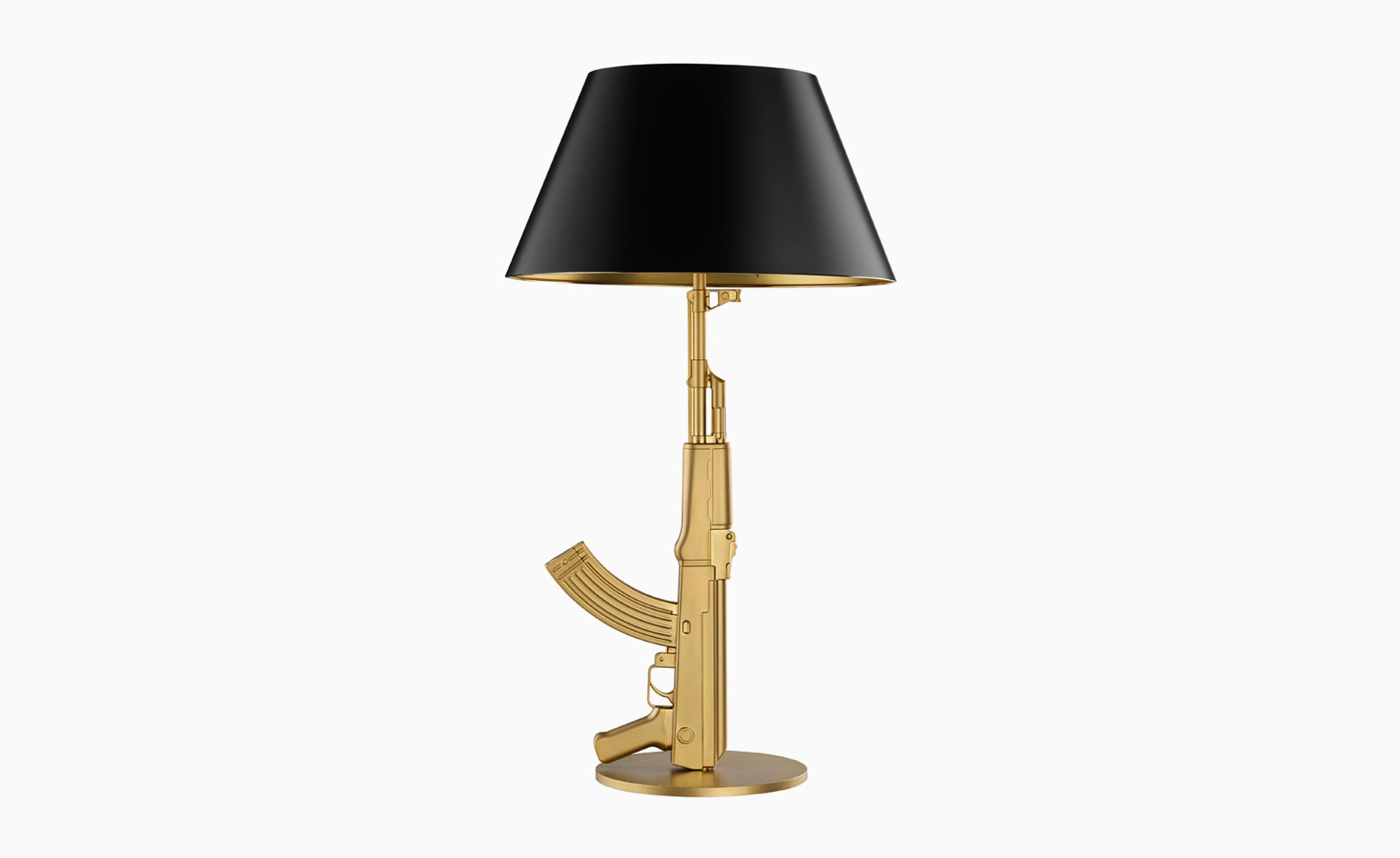
Objects are, by definition, inanimate. But gather together 250 examples of emblematic contemporary design - from Meret Oppenheim's Traccia bird leg table of 1939 to Philippe Starck's Gun lamp of 2005 - and clearly, they are going to have something to say.
This is among the conceits behind 'Design Oracles', an exhibition opening tomorrow in Paris. The show presents a selection of key pieces from the National Centre for Visual Arts (Centre National des arts plastiques, or CNAP) in the context of what they communicate about their role within the world at large.
To underscore the idea, the show begins with a cluster of recognisable items, all in black, accompanied by recorded voices that speak in different manners and accents at various intervals. 'My tactile screen has rewritten history…' says the first generation iPhone. 'I wish that everything could stay beautiful, exactly how it is,' muses an Hermès Kelly bag. 'I'm made from delicate carbon fibres that are at the same time very robust,' announces the Moooi Carbon chair from Marcel Wanders and Bertjan Pot. For some reason, the Treasure Chair from Maarten Baas has a deliberate stutter.
Their medium is Lidewij Edelkoort. As a widely sought after trend forecaster and chairwoman of the Design Academy in Eindhoven from 1999 to 2008, she is somewhat of an oracle.
During a press walkthrough and subsequent interview with Wallpaper*, the Paris-based design expert detailed how the Gaîté Lyrique, a progressive cultural centre geared to young people and run by the city of Paris, encouraged her to apply equal parts foresight and naïveté to pieces that have become symbols of our time.
For design devotees, the show, mainly staged along a runway-style platform, feels something like a trip down memory lane - except that the furniture, lighting, appliances, accessories, fashion, gadgets and vehicles (a Solex electric bike) have been reshuffled and regrouped into ten conceptual themes. With names like 'humble', 'inflated', 'archaic', 'mutant', 'curious' and 'nomadic', some groupings express physical characteristics; others suggest values or lifestyles.
'I never would have thought about this without being here, frankly,' she says of the setup, which includes helpful tear sheets annotating the objects in each category. And it's true - in any other setting, a similar exhibition might have been staged like an international design encyclopedia: G for Konstantin Grcic, J for Hella Jongerius, P for Gaetano Pesce.
Edelkoort, however, notes how the 'oracle' nature of these pieces often resonates independently from its creator. 'Once an object has left its designer, it becomes something else,' she begins. 'First of all, it becomes something in the eye of beholder. Whoever is consuming or collecting it will give it another layer of understanding and appreciation. But then if you look from year to year and decade to decade, your perception of the same piece is changing. And design icons are able to traverse long periods and almost take another role or reading every ten years.'
In editing down CNAP's initial array of 2,500 objects down to 250, Edelkoort notes that she never ran up against a noticeable oversight. 'The collection of CNAP is formidable; there aren't many holes,' she says of the public institution's archive. 'This is quite unique… And it's a system that doesn't exist anywhere else in the world - that the state has the energy and manpower and money reserved to be a collecting witness to our time.'
Of the show's raison d'être, Edelkoort says, 'I hope it will create optimism. It really makes you feel good about such creative spirit in our society - such beauty, such vision. But also, all the [themes] have an important message for the future, saying that we will consume less, live more together, live more nomadically.'
Does she believe the selection will remain as relevant a decade from now? 'I guess in ten years the reading would be different, but many of these things have a very long lifespan. It's a complete mistake to think that trends are short.'
Most tellingly, Edelkoort believes Design Oracles is not just a time capsule that becomes antediluvian in our digital future. 'Young generations will be able to have this living catalogue of culture.'

Big Easy Armchair, by Ron Arad, 2001, which forms part of the 'Oracles Noirs' section of the exhibition, where objects "announce" things in recorded voices.
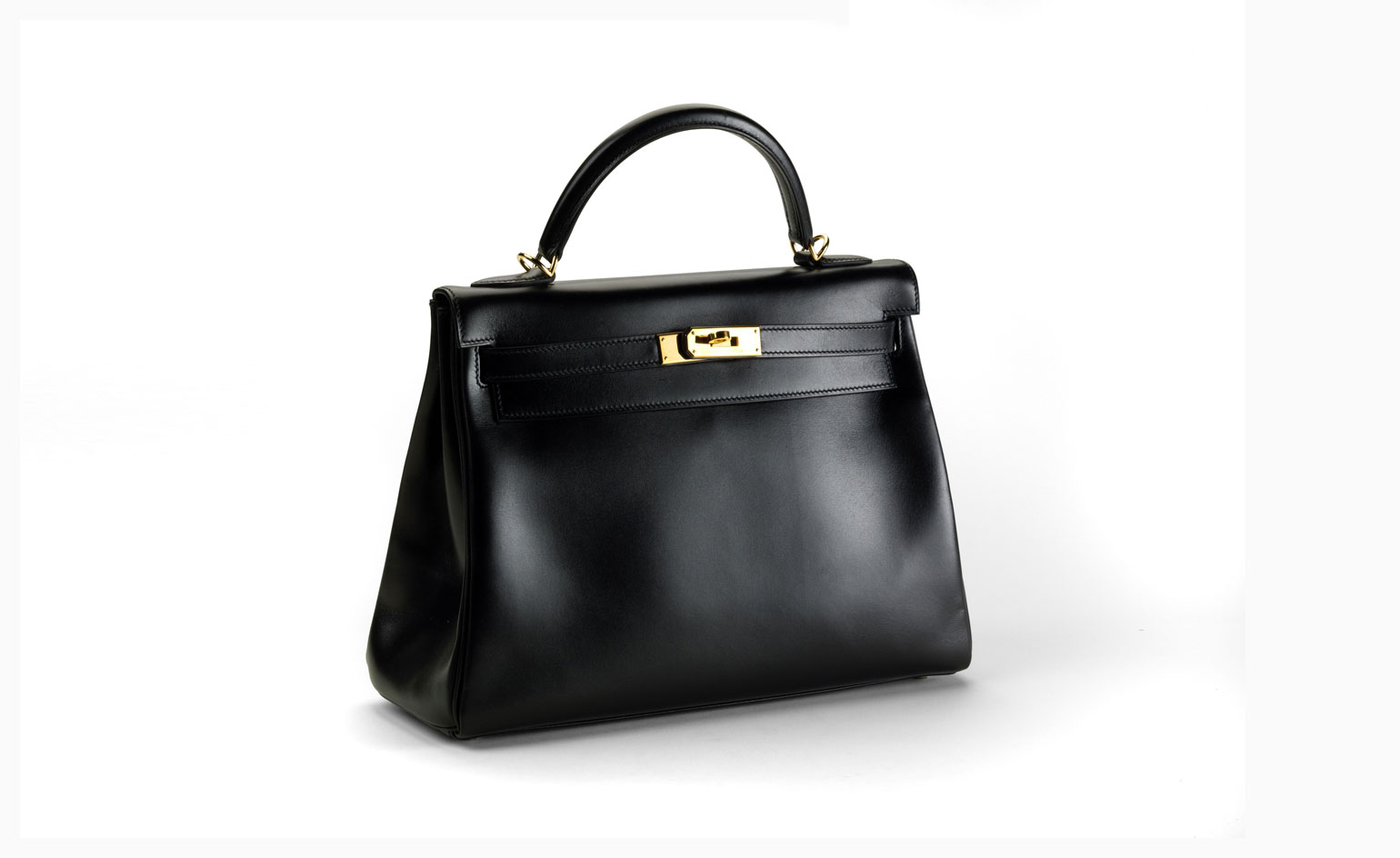
The talking Hermès Kelly bag, which muses: 'I wish that everything could stay beautiful, exactly how it is.'

The exhibition is split into ten themes. Shown here is a selection of objects from 'Abstrait', or 'Abstract', including Marc Newson's yellow Orgone II chair, 1998.
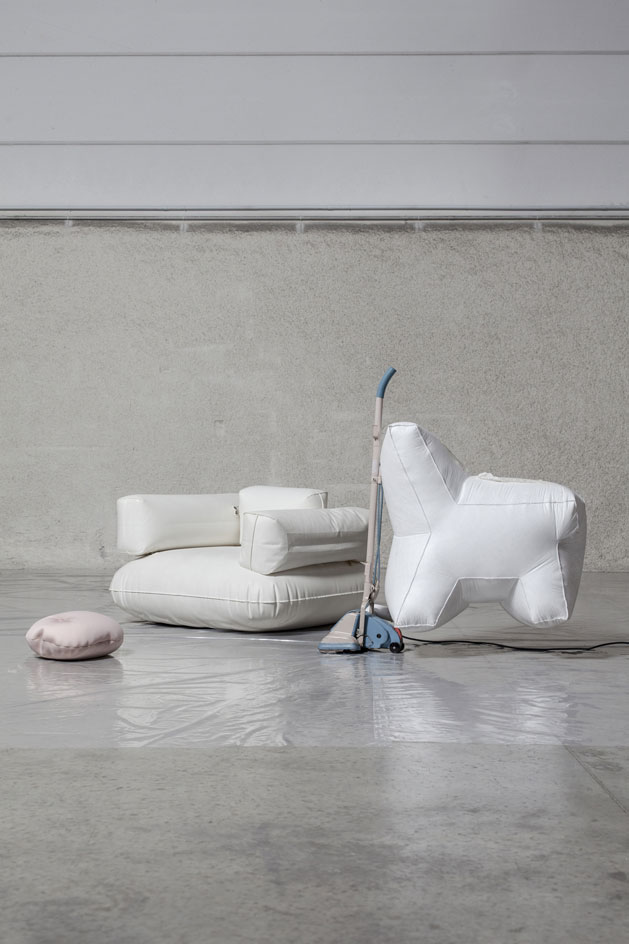
Veering between comfort and bloatedness: 'Gonflé', which means 'Inflated'.
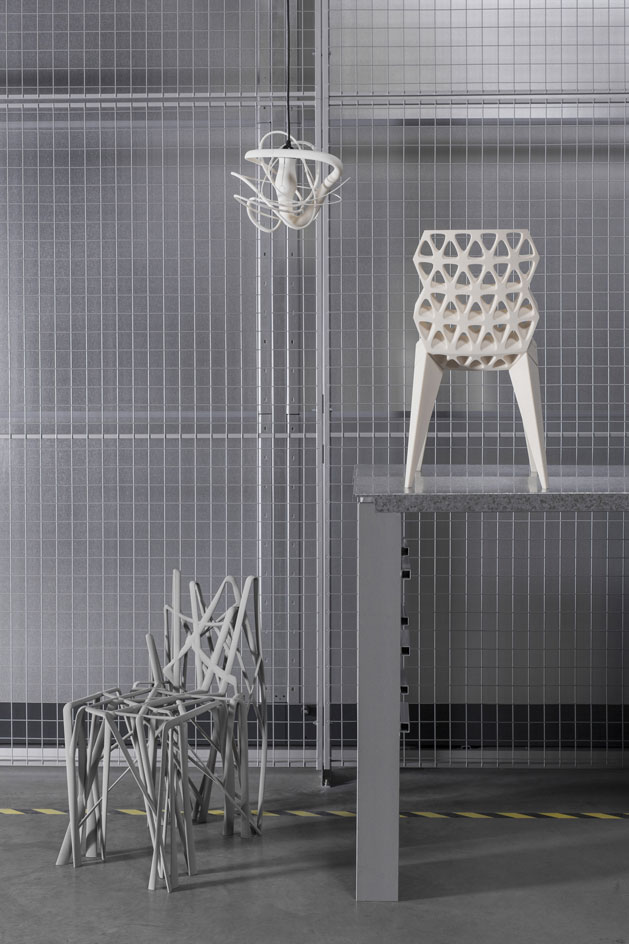
'Mutant'.
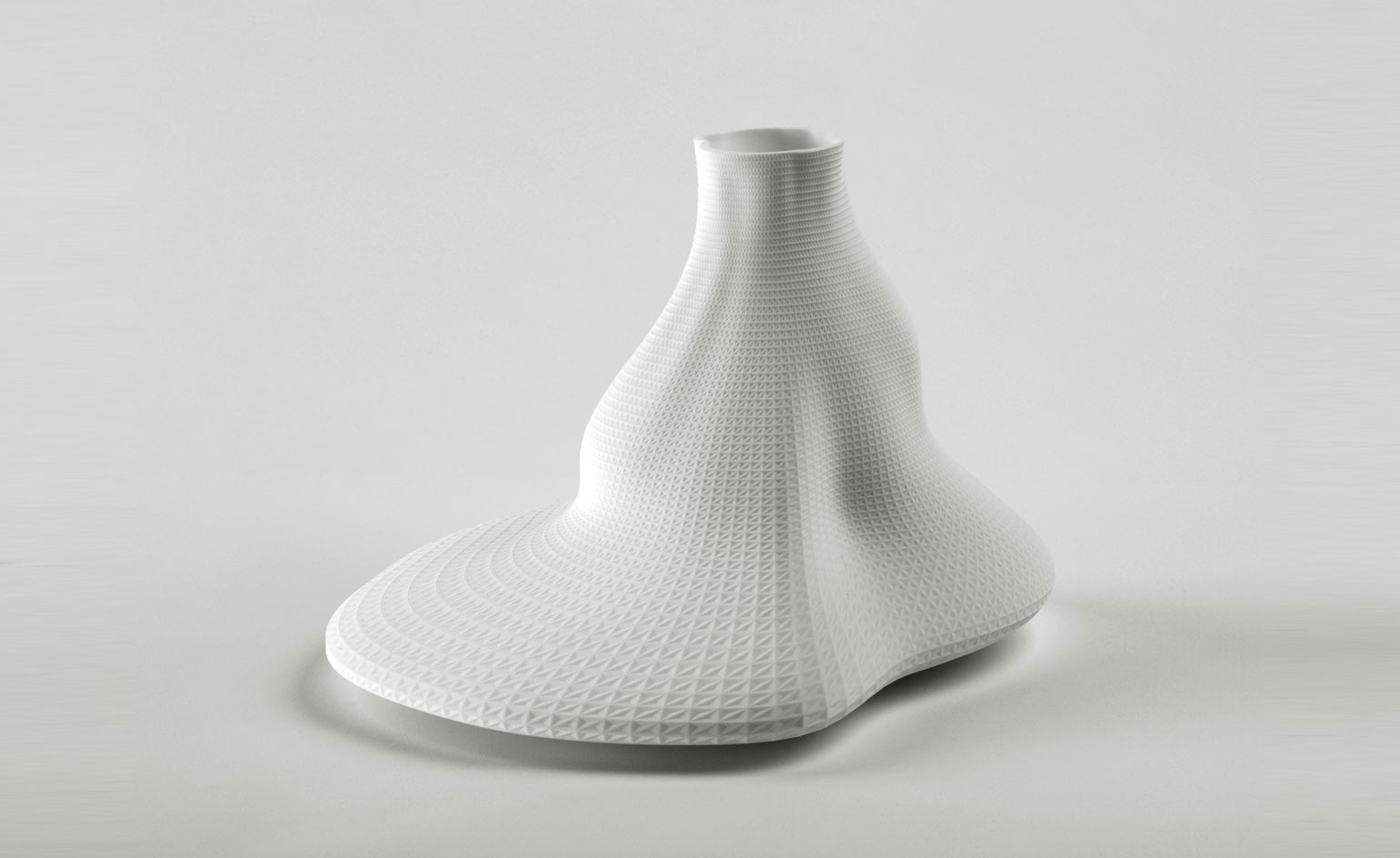
One of the exhibition's ethereal 'Mutant' pieces - Vase #44 by François Brument, 2008.
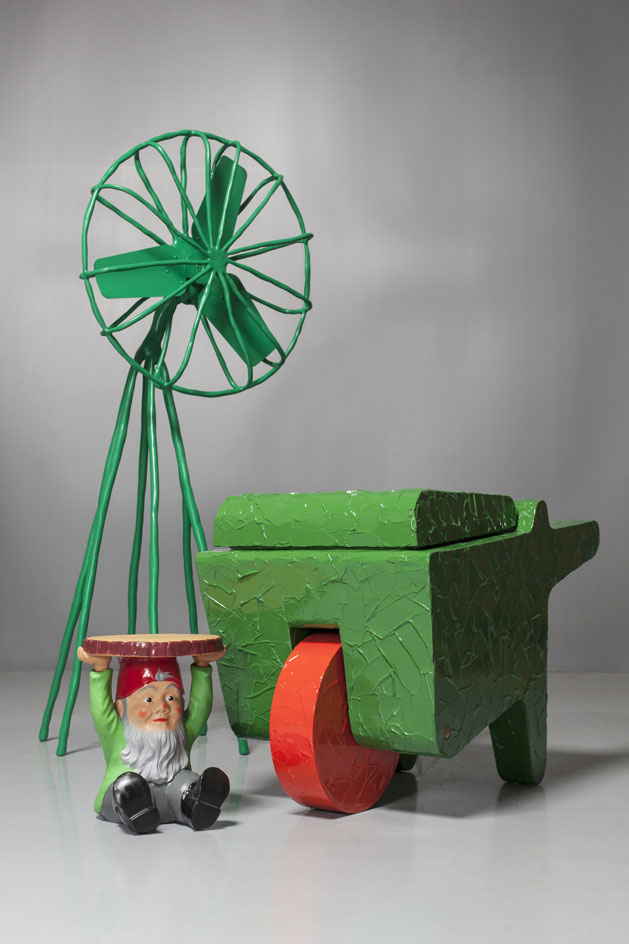
Playful naïvety in 'Naif'.
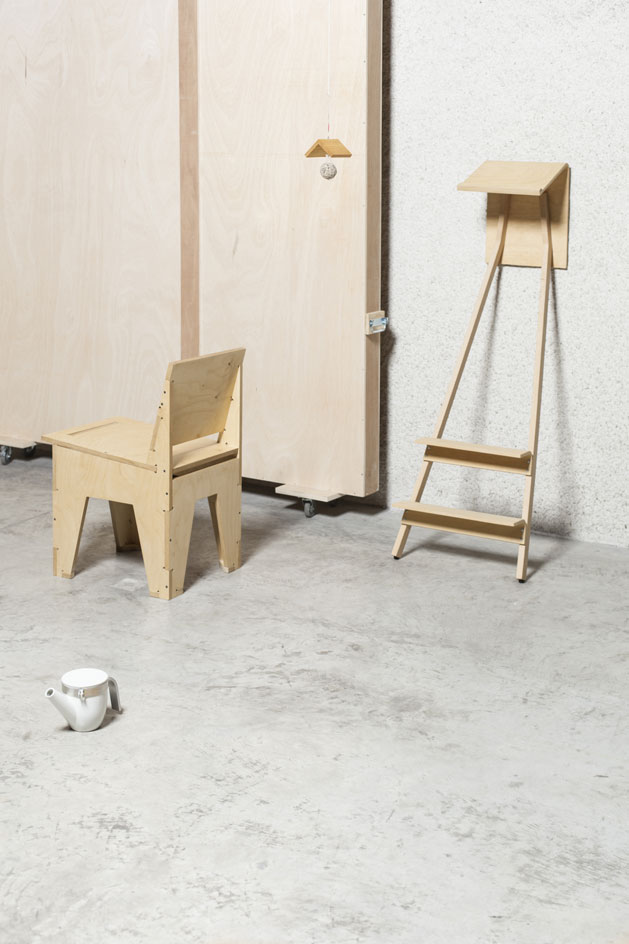
Some groupings express physical characteristics; others suggest values or lifestyles. Pictured here, 'Simple'.

Konstantin Gcric's 'simple' Allievo stool of 2000.
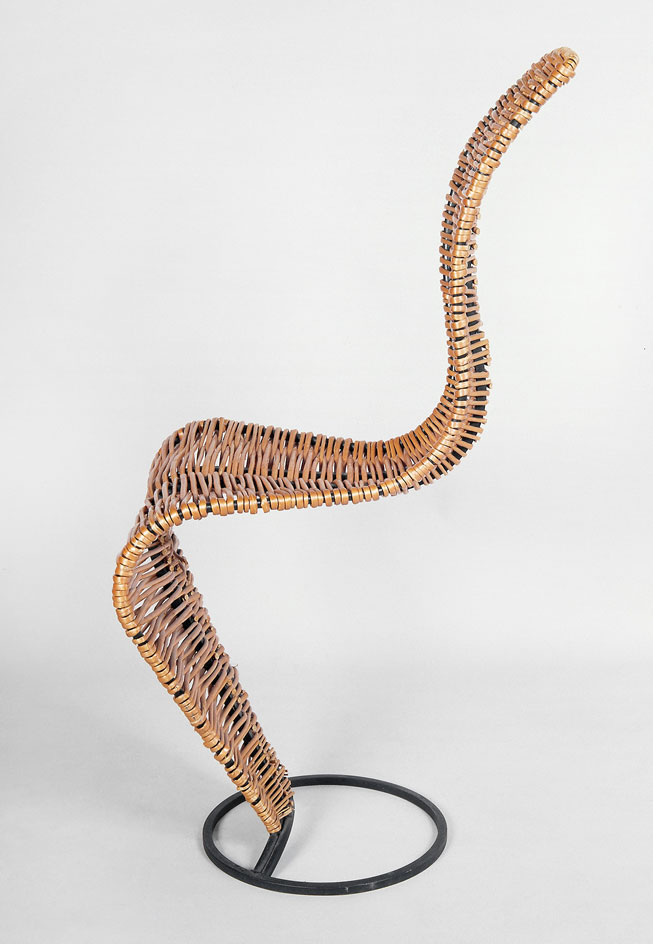
Tom Dixon's 'primitive' Rush chair, 1988. © Tom Dixon/CNA
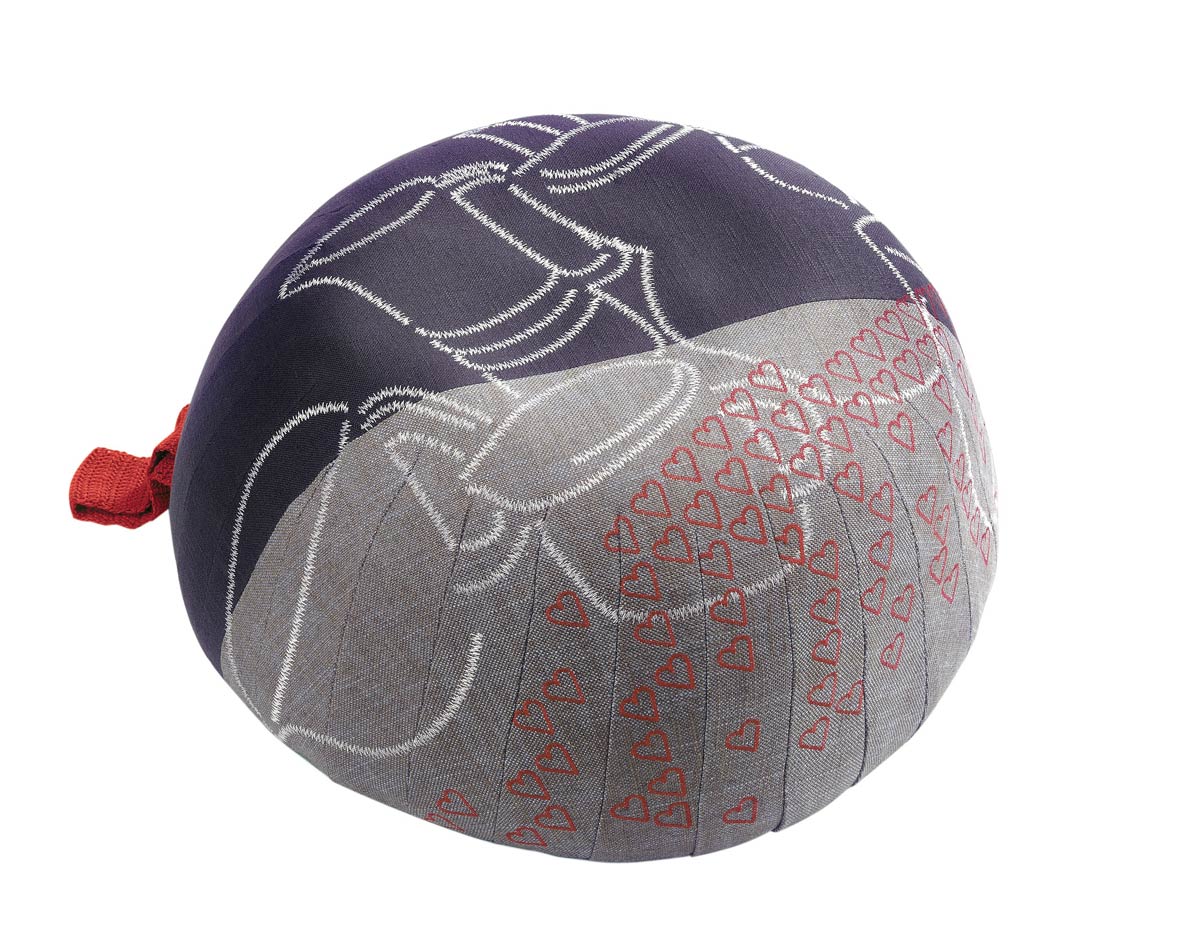
Hella Jongerius' Bovist - a pouf, ottoman, stool and floor pillow in one - chosen as representative of 'Nomadic'.
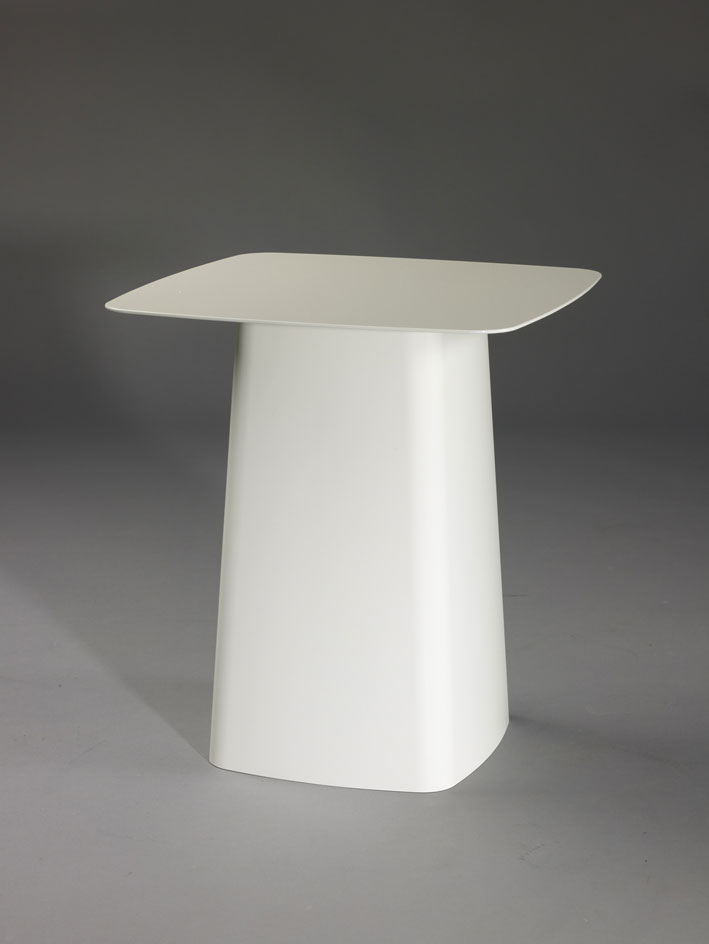
Metal side table by Ronan and Erwan Bouroullec, 2004; the picture of humility. © Ronan & Erwan Bouroullec/CNAP
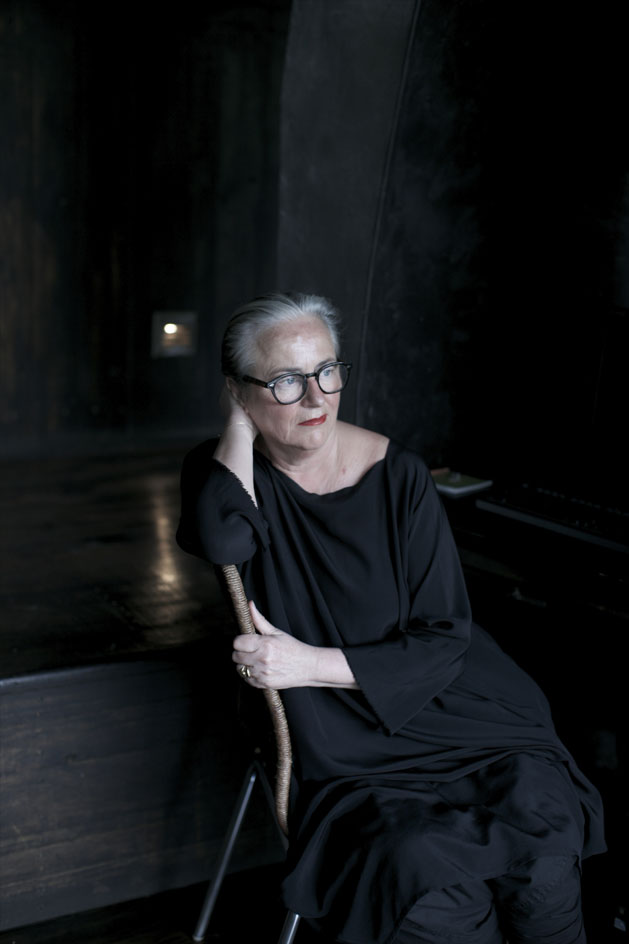
Lidewij Edilkoort, the the Paris-based design expert behind the exhibition.
ADDRESS
La Gaîté Lyrique
3 bis rue Papin
75003 Paris
Receive our daily digest of inspiration, escapism and design stories from around the world direct to your inbox.
-
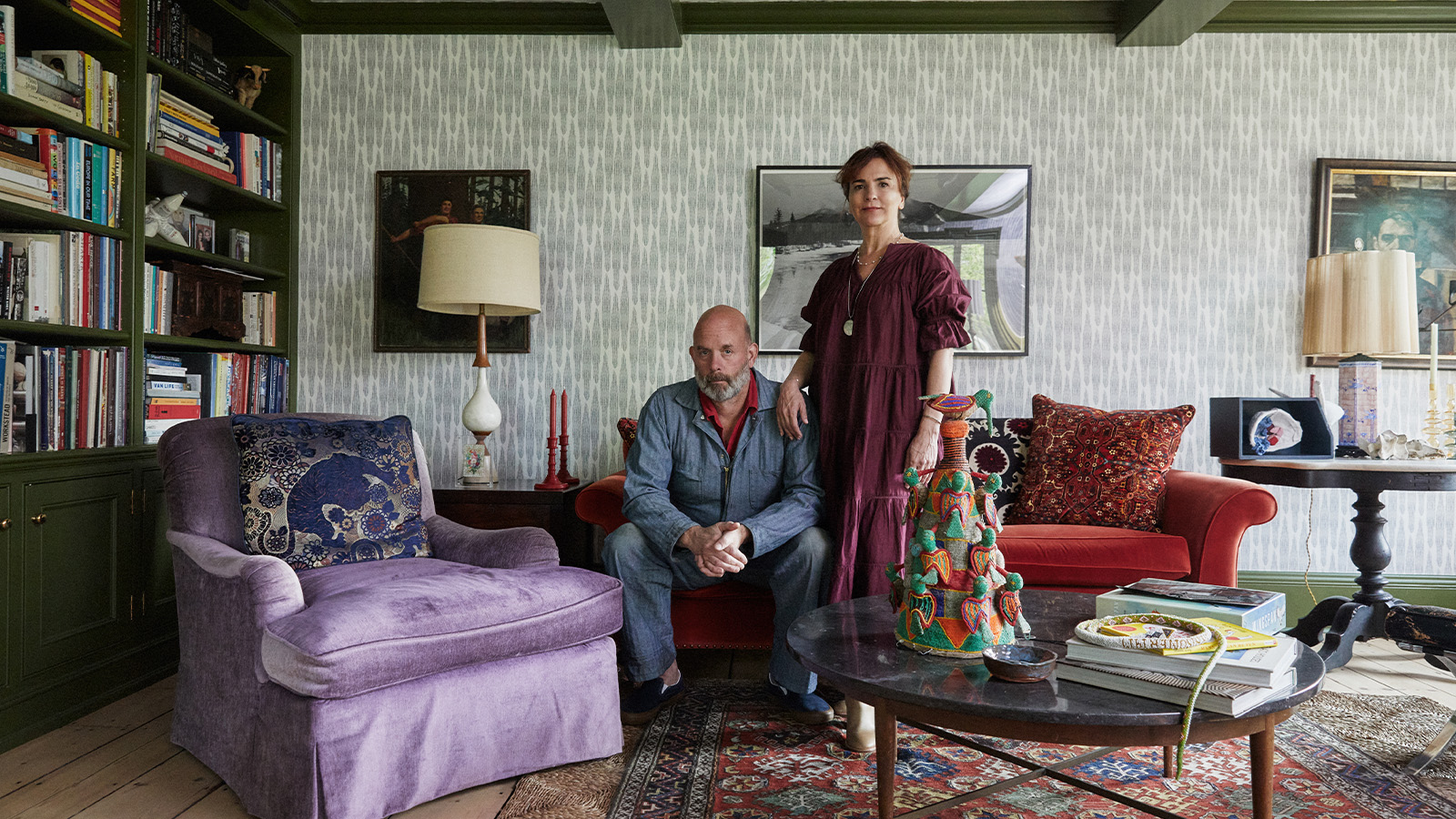 How We Host: Interior designer Heide Hendricks shows us how to throw the ultimate farmhouse fête
How We Host: Interior designer Heide Hendricks shows us how to throw the ultimate farmhouse fêteThe designer, one half of the American design firm Hendricks Churchill, delves into the art of entertaining – from pasta to playlists
-
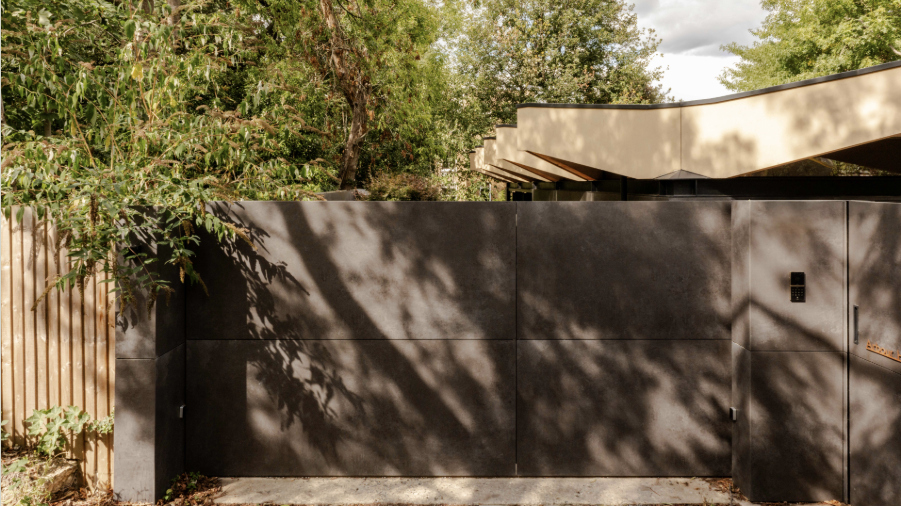 Arbour House is a north London home that lies low but punches high
Arbour House is a north London home that lies low but punches highArbour House by Andrei Saltykov is a low-lying Crouch End home with a striking roof structure that sets it apart
-
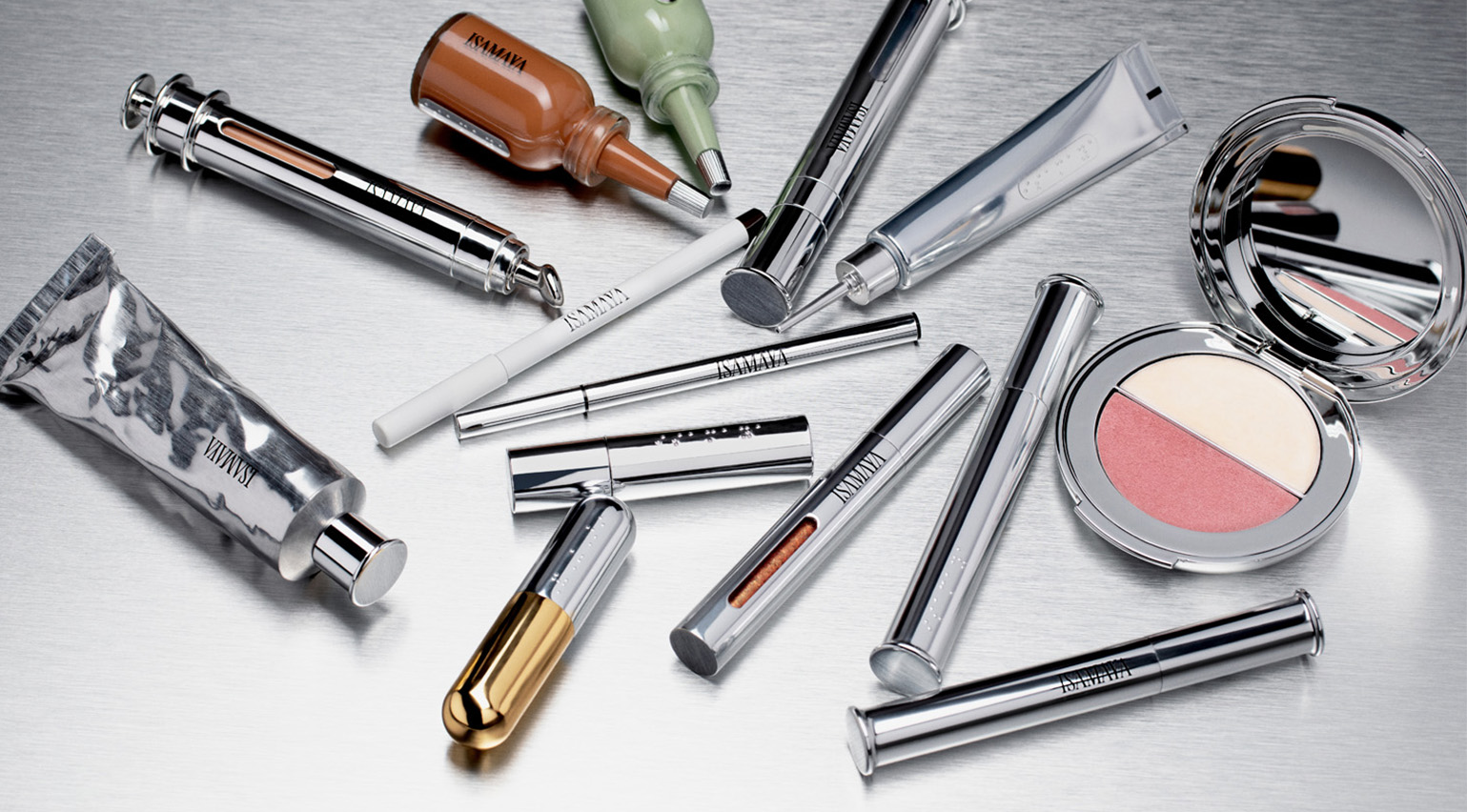 25 of the best beauty launches of 2025, from transformative skincare to offbeat scents
25 of the best beauty launches of 2025, from transformative skincare to offbeat scentsWallpaper* beauty editor Mary Cleary selects her beauty highlights of the year, spanning skincare, fragrance, hair and body care, make-up and wellness
-
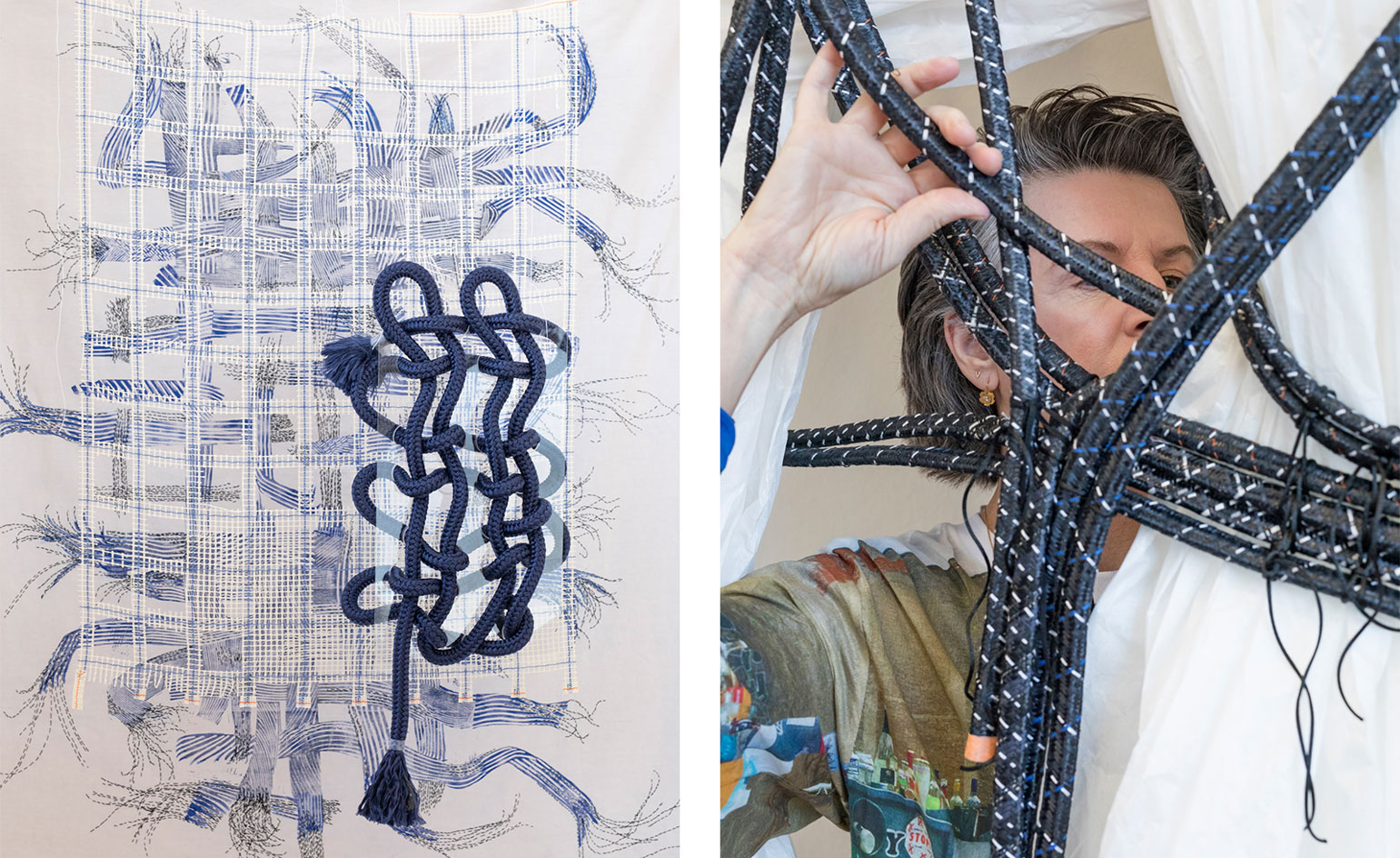 Hella Jongerius weaves the cosmos at Berlin’s Gropius Bau
Hella Jongerius weaves the cosmos at Berlin’s Gropius BauOn the occasion of her ‘Woven Cosmos’ exhibition at Berlin's Gropius Bau in Spring 2021, we talked to Hella Jongerius about textiles and weaving, sustainability in design and the effect of the pandemic on daily life
-
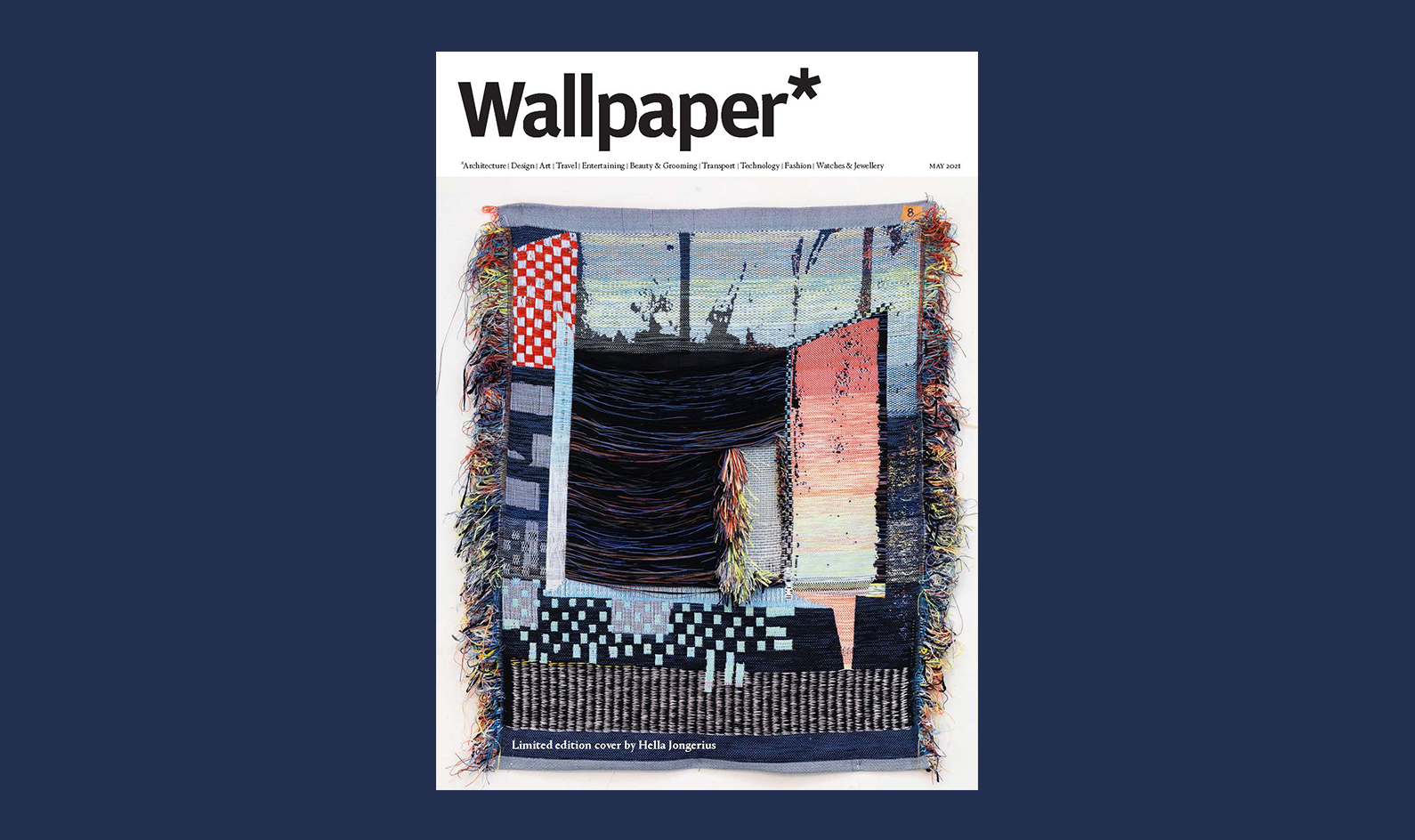 Hella Jongerius creates limited-edition cover for Wallpaper’s May 2021 issue
Hella Jongerius creates limited-edition cover for Wallpaper’s May 2021 issueEach month Wallpaper* offers a leading creative figure carte blanche to design a limited-edition cover. For our May 2021 Design Previews issue, Dutch designer and artist Hella Jongerius expanded on her Woven Windows series, a textile piece part of her new exhibition at Berlin’s Gropius Bau
-
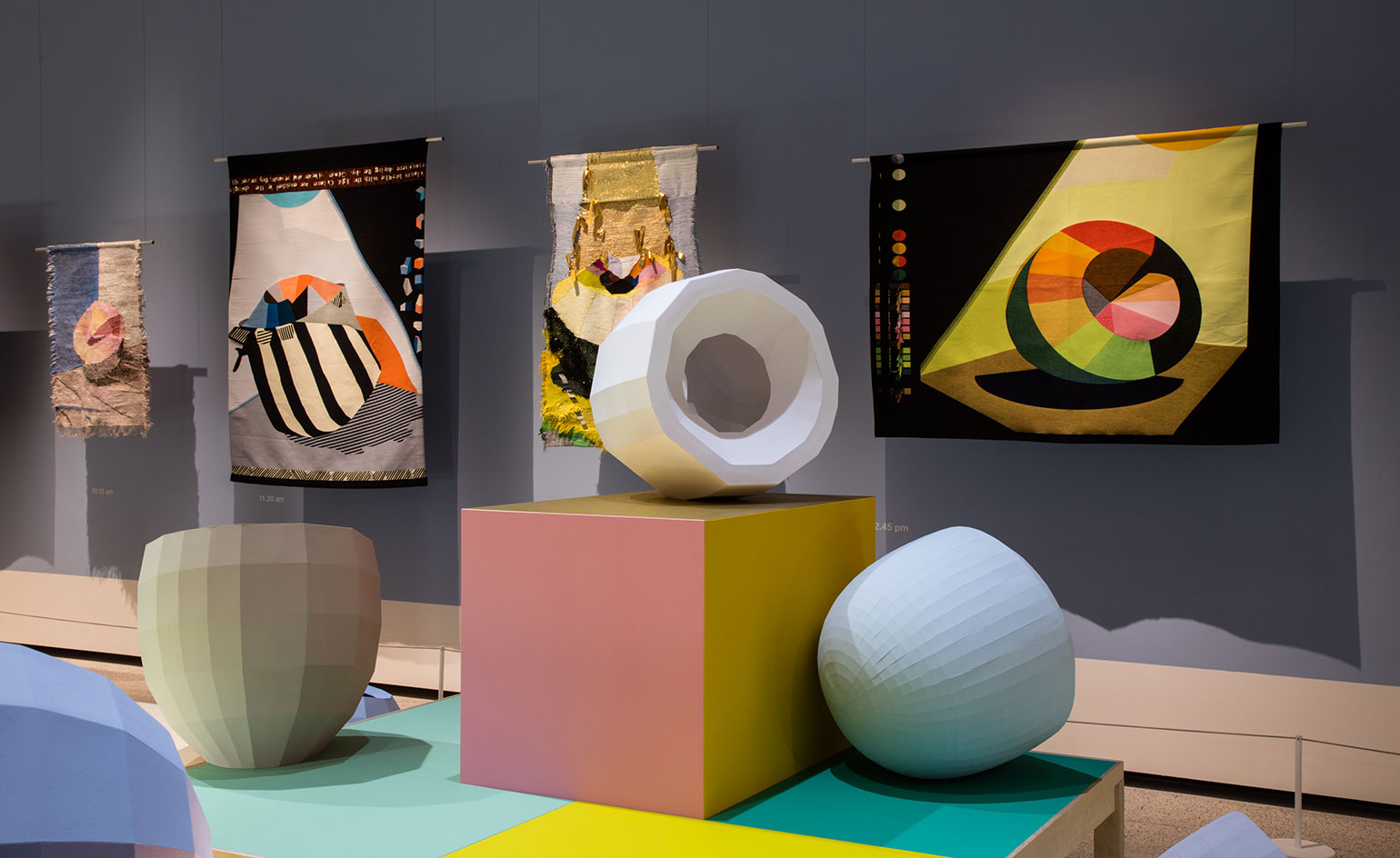 Palette play: Hella Jongerius explores the powerful complexities of colour in solo show
Palette play: Hella Jongerius explores the powerful complexities of colour in solo show